Soviet cinema often served as a mirror to the society of its time, reflecting the complexities, struggles, and triumphs of the people. This curated selection of ten films provides a unique insight into the social fabric of the USSR, showcasing how filmmakers tackled themes of community, identity, and change. These films not only entertain but also educate, offering a glimpse into the lives of ordinary citizens and the extraordinary circumstances they faced. Each film has been chosen for its critical acclaim and its English dubbing or subtitles, making these Soviet classics accessible to a broader audience.
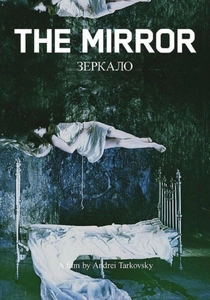
The Mirror (1975)
Description: Andrei Tarkovsky's semi-autobiographical film reflects on personal and collective memory, offering a poetic exploration of Soviet society through the lens of one family's history.
Fact: Tarkovsky was known for his meticulous attention to detail, often shooting scenes multiple times to achieve his vision.
 Watch Now
Watch Now
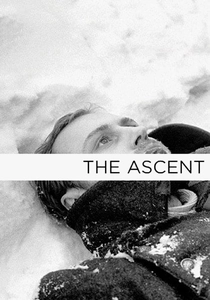
The Ascent (1977)
Description: Set during the German occupation of the Soviet Union, this film examines the moral dilemmas faced by partisans, reflecting on the societal values of resistance and survival.
Fact: Larisa Shepitko, the director, tragically died in a car accident shortly after the film's completion.
 Watch Now
Watch Now
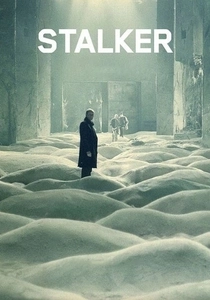
Stalker (1979)
Description: While not directly about society, Tarkovsky's film uses the metaphor of the Zone to explore themes of faith, purpose, and the human condition within a controlled environment.
Fact: The film was shot in Estonia, and the Zone was created using abandoned industrial sites.
 Watch Now
Watch Now

The Diamond Arm (1969)
Description: A comedic take on the smuggling rings in Soviet society, this film uses humor to critique the bureaucratic and sometimes absurd aspects of life in the USSR.
Fact: The film's script was initially rejected by censors for its satirical content but was later approved after revisions.
 Watch Now
Watch Now
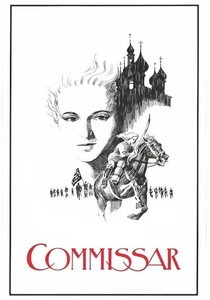
The Commissar (1967)
Description: This film examines the clash between personal life and revolutionary duty, reflecting on the societal roles of women during the Russian Civil War.
Fact: The film was banned in the Soviet Union for many years due to its critical portrayal of the Red Army.
 Watch Now
Watch Now
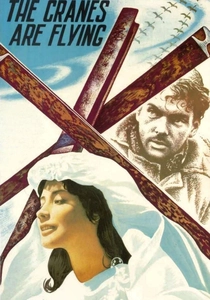
The Cranes Are Flying (1957)
Description: This film explores the impact of World War II on a young couple, highlighting the societal upheaval and personal sacrifices made during the conflict.
Fact: The film won the Palme d'Or at the Cannes Film Festival in 1958, making it one of the few Soviet films to achieve such international recognition.
 30 Days Free
30 Days Free
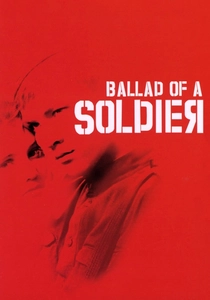
The Ballad of a Soldier (1959)
Description: This film tells the story of a young soldier's brief leave from the front, showcasing the human side of war and the societal impact on families.
Fact: The film was praised for its humanistic approach to war, focusing on the personal rather than the political.
 30 Days Free
30 Days Free
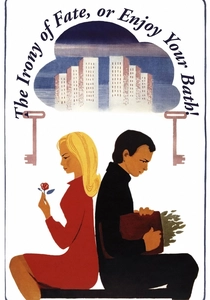
The Irony of Fate (1975)
Description: A satirical look at Soviet urban planning and the uniformity of apartment blocks, this comedy explores themes of identity and the search for individuality within a conformist society.
Fact: The film has become a New Year's Eve tradition in Russia, often watched annually.
 30 Days Free
30 Days Free
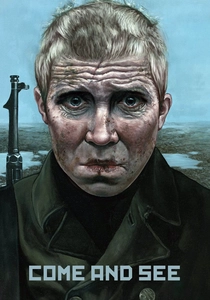
Come and See (1985)
Description: A harrowing depiction of the Nazi occupation of Belarus, this film delves into the horrors of war and its impact on society, particularly the youth.
Fact: The film was shot in a documentary style, with many scenes improvised to capture the raw emotion of the characters.
 30 Days Free
30 Days Free

The Garage (1979)
Description: A satirical look at the Soviet cooperative system, this film uses the microcosm of a garage cooperative to critique the broader societal issues of corruption and favoritism.
Fact: The film was one of the last major works of Eldar Ryazanov, known for his comedic insights into Soviet life.
 30 Days Free
30 Days Free









